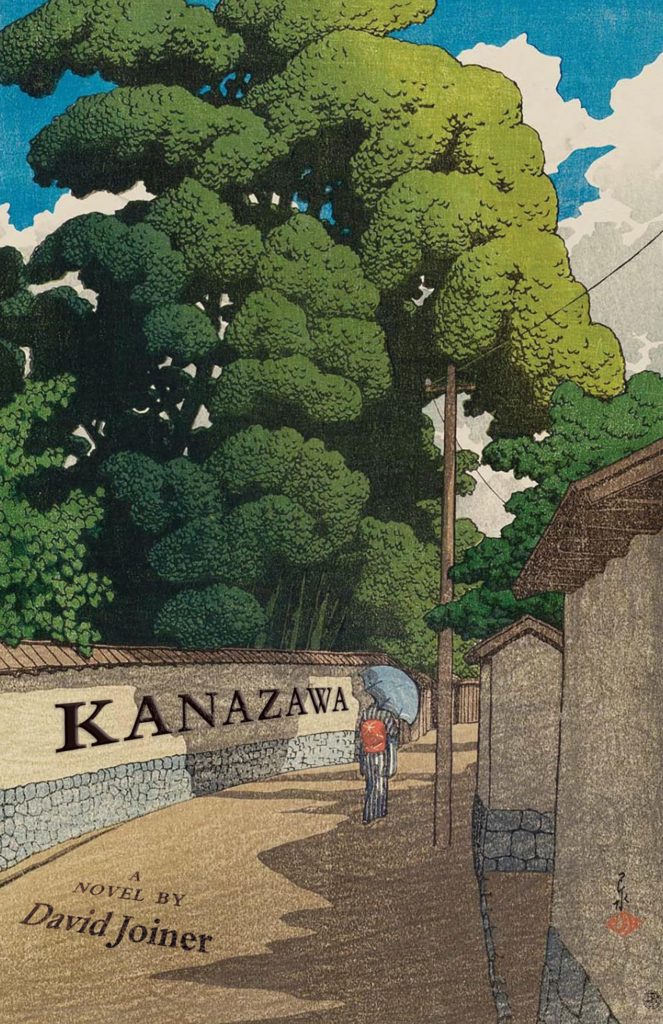
Few authors have led as storied a life as Setouchi Jakuchō. Writer, translator, feminist, peace activist, and Buddhist nun…
Review by Chad Kohalyk
Setouchi Jakuchō—energetic nun, outspoken activist, and prolific author—passed away last month at the age of 99. Spending nearly half her life as a Buddhist nun of the Tendai sect, Jakuchō charmed the Japanese public with her television and public speaking appearances. Prior to 1973, the year she went forth into monastic life and took the Dharma name Jakuchō, she was Setouchi Harumi, a prize-winning author as well as a biographer of Japanese feminist pioneers such as novelist Tamura Toshiko. How did Harumi become Jakuchō? That is the question she sets out to answer in Places (University of Hawaii Press, Oct 2021), translated by author Liza Dalby, who counts herself as one of Setouchi’s many fans.
Places could be said to be just the beginning of an autobiography. Setouchi originally published the book in Japanese in 2001, at the age of 79. Yet she is only interested in showing us vignettes from the first 51 years of her life, entirely skipping the twenty-eight years of her experience as a nun. This tale is about the journey, rather than the destination. And though it is autobiographical, decades-old memories are enhanced by Setouchi’s venerated literary skill. Setouchi herself writes, “plausible-sounding lies are the stock-in-trade of a novelist.” Not wanting to doubt the veracity of our narrator, I favour Dalby’s assessment: “All autobiographies are fiction; all fiction is autobiographical.”
Places weaves a story with two entangled strands: the personal relationships of Setouchi Harumi, and her development into a successful novelist. The former had much influence on the latter, as Setouchi is known for her “I novels” involving intimate details and straight forward descriptions of sex that some critics at the time branded “pornography.”
I have to admit that the number of my love affairs is nothing like what has been rumored and whispered, but it isn’t limited either to what I have written about in my novels. —Setouchi
As the title of the book indicates, the twin threads of Setouchi’s early life are framed by revisiting places that represent significant milestones of her career or life. Liza Dalby explains Setouchi’s intention “to summon memories from the physical traces of that former time.” This delightful premise turns the book into more than a mere autobiography. We are treated to slices of daily life in rural Japan, as well as Kyoto and Tokyo, during the immediate post-war and high growth period of the 1960s. In her Endnotes, Dalby provides additional context on each location for non-Japanese readers.
Readers familiar with twentieth century Japanese literary history will be delighted by a string of celebrity cameos woven throughout the book: Shinsho Fumiko, Niwa Fumio, Mishima Yukio just to name a few. Dazai Osamu’s suicide casts a shadow over a middle section of the book, just as Setouchi is entering the elite community of Japan’s literati. One place featured is an apartment building Setouchi lived in. The tall building overlooks the New Edogawa Park in Tokyo, with a clear view of Mount Fuji, suggesting her career is reaching new heights. Other resident authors included Hirabayashi Taiko, Enchi Fumiko, and Setouchi’s hero Tanizaki Junichiro himself. She dotes:
If there was nobody in the hallway, I would sometimes touch his door with my forehead, or rub my palm on it, whispering, “May I share your good fortune.”
Each chapter follows a basic pattern. First a location from Setouchi Harumi’s past is introduced with rich, historical detail:
My recollection of the tactile sensation of my mother’s breast, velvety soft in its smoothness, is always accompanied by sound-the echo of the steamship whistle as the boats departed the wharf at Nakazu Harbor, not far from our house. That heart rending sound, ripping the night, came rushing up from the wharf straight to our bedside.
With the scene set, Setouchi spins a tale of dramatic events. She had much drama in her early years—divorcing young, leaving her child, living in poverty, having multiple affairs (sometimes simultaneously)—as she built up her independence. Such experiences are why so many people, especially women, sought out Jakuchō’s counsel. Unlike relationship advice from other monastics unable to speak from direct experience due to their vows, it is well known that Setouchi went through the highest highs and lowest lows. She speaks from both wisdom and experience.
After relating an illustrative vignette of her life and musing on the significance, each chapter draws down with a visit to the location in the present day. Setouchi, by now a Buddhist nun in her late seventies, regards the location and its elicited memories from a new perspective of experience and wisdom. The chapter then takes on a new dimension becoming a parable of impermanence.
I have experienced the height of pleasure in sexual love, but in the end it never fulfilled a spiritual need.
Setouchi Harumi’s path to Buddhism was not straightforward. From an early age a relation from Kobe dubbed “Amen Aunty” would “read the Bible to my sister and me, and enthusiastically teach us hymns.” She attended Sunday School. Late in the book, describing her nervous breakdown, a desperate Setouchi telephones her friend Endo Shūsaku, asking his advice on how to be baptized. Yet during Bible study she comes to the realization that having been raised Buddhist, “Intellectually and culturally, it was hard to extricate myself from that.”
Most readers picking up Places will be familiar with the smiling visage of Jakuchō, the “unlikely nun”, dressed in her robes. Such a radiant image indicates the book is not merely a story of Setouchi the writer achieving fame despite the odds. It is also about Setouchi the nun showing us the workings of the “monkey mind” and how she was finally able to tame it. Places is a braid of success stories: female independence, authorial achievement, and a mind taken to the brink of suicide, and back. Setouchi Jakuchō ends the book expressing her desire to wander, to leave the material world behind, which she achieved as a nun for the last 46 years of her life—until a very impressive age of 99. May she rest in peace.










